The concept of “Internet of Things” was first introduced at MIT in 1999, narrowly defined as “Internet of things connected to things”, where the connected subjects include both objects to objects and objects to The Internet of Things in a narrow sense refers to the “Internet of Things”, where the connected subjects include both objects to objects and objects to identification and management devices.

Broadly speaking, IoT refers to the integration of information space and physical space, that is, the integration of virtual and reality, digitizing and networking all objects and events, realizing information interaction between people and people, people and things, and things and things, and realizing automatic identification, monitoring and positioning, and remote management of objects. Based on the existing Internet and various proprietary networks, IoT transmits all kinds of data collected and aggregated through the sensing layer, realizes real-time data transmission and ensures data security.
The current wired and wireless Internet, 2G and 3G networks, etc., can be used as components of the transmission layer. In the future when IoT terminals such as smart cell and smart home are popular, wireless transmission protocols are especially important to ensure the security of wireless transmission data.
Here is a look at some types of wireless transmission protocols used in IOTs: RFID , Infrared,GPRS ,Bluetooth, Wifi, Z-wave, Zigbee, Lora .
Now more commonly used wireless communication protocols are Bluetooth, WiFi ,ZigBee, Z-wave, LORA and so on. Any wireless protocol has its advantages and disadvantages, but the most important adoption factor is interoperability and security.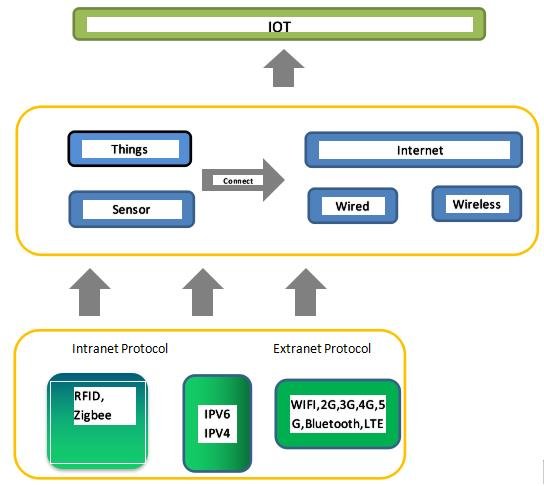
RFID
RFID (Radio Frequency Identification), that is, radio frequency identification, commonly known as electronic tags. It is a non-contact automatic diagnosis technology, through the radio frequency signal automatic recognition target object and obtain the relevant data.
RFID locks usually for hotel adopt Mifare card hotel door lock or Temic card hotel door lock , which consists of three basic elements: tag (Tag), reader (Reader) and antenna (Antenna). the basic working principle of RFID technology is not complicated, the tag enters the magnetic field, receives the radio frequency signal from the reader, and sends out the product information stored in the chip by virtue of the energy obtained from the induction current (Passive Tag, Passive Tag or Passive Tag), or actively sends a certain product information (Passive Tag). The decoder reads the information and decodes it, and then sends it to the central information system for relevant data processing.
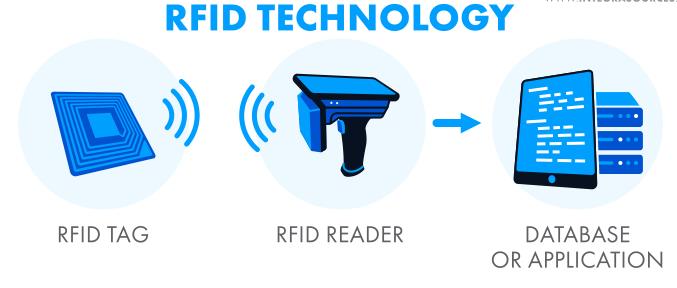
RFID can be widely used in security and anti-counterfeiting, industrial and commercial automation, property protection, logistics industry, vehicle tracking, parking lots and non-stop toll systems for highways, etc. Industry-wise, RFID will penetrate into various fields including automotive, pharmaceutical, food, transportation, energy, military, animal management, and personnel management.
Infrared
Infrared technology is also a type of wireless communication technology that allows for wireless data transmission. Infrared has distinct characteristics: point-to-point transmission, wireless, cannot be too far away, has to be aligned in the right direction, cannot penetrate walls and obstacles, and has little control over the progress of information transmission. 802.11 physical layer standard includes standards related to infrared in addition to the use of RF at 2.4GHz frequency. irDA1.0 supports communication rates of up to 115.2kbps, and IrDA1.1 supports up to 4 Mbps. the technology has largely been phased out and replaced by Bluetooth and newer technologies.
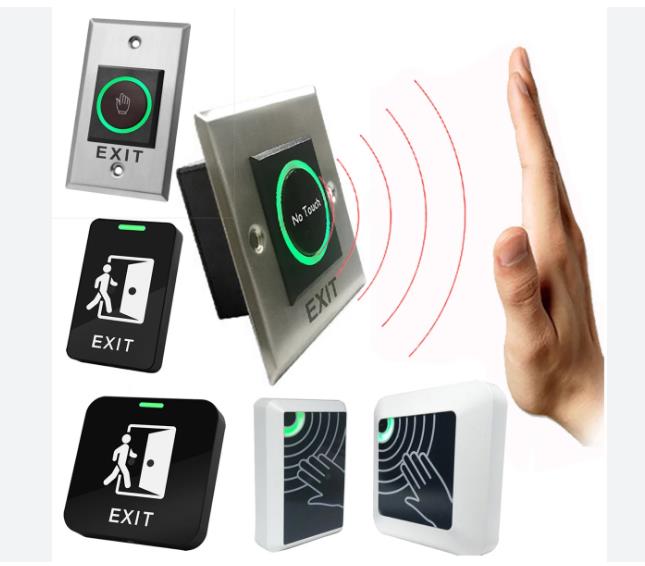
Bluetooth
Bluetooth communication technology is a wireless communication technology used to connect devices in close proximity. Bluetooth uses the 2.4 GHz frequency band and is capable of transmitting data over short distances. Bluetooth can be used in smart door locks as bluetooth digital door lock to connect to cell phones or other devices for remote control and management.
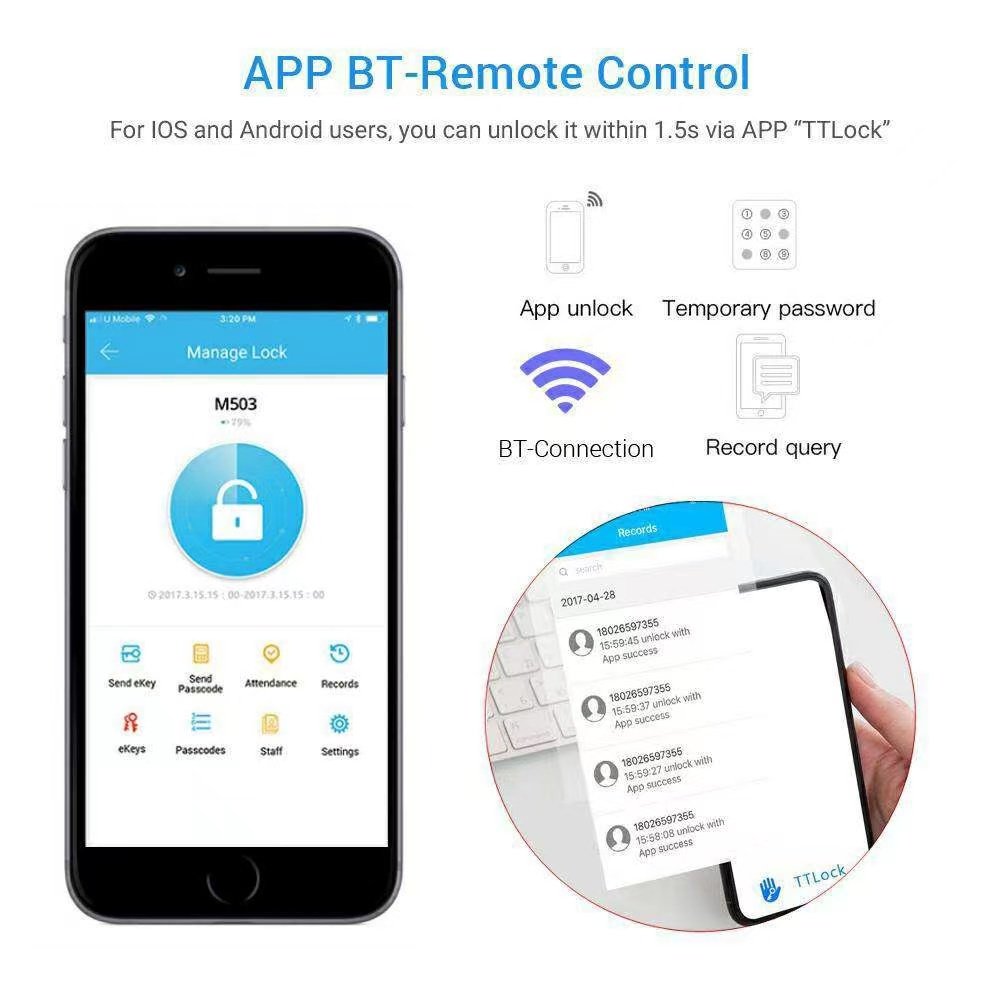
Advantages
- Short transmission distance, suitable for proximity communication.
- Low power consumption, suitable for battery-powered devices.
- Fast enough to meet the needs of most applications.
- No additional infrastructure is required, allowing easy connectivity between devices.
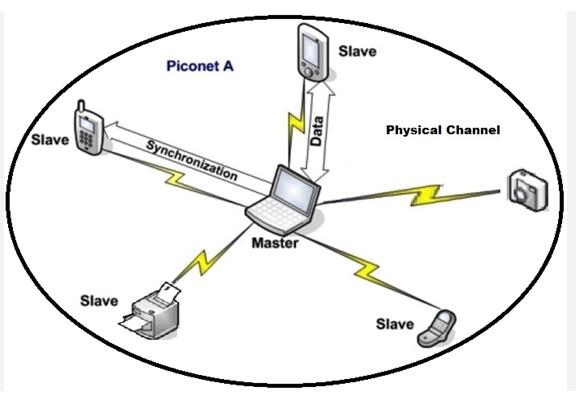
Disadvantages
- Limited transmission distance, usually within 10 meters.
- Less secure and susceptible to interference.
- Bluetooth communication technology is more widely used in smart door locks because of its high reliability and stability. However, due to the limited transmission distance, it may not be sufficient in some application scenarios.
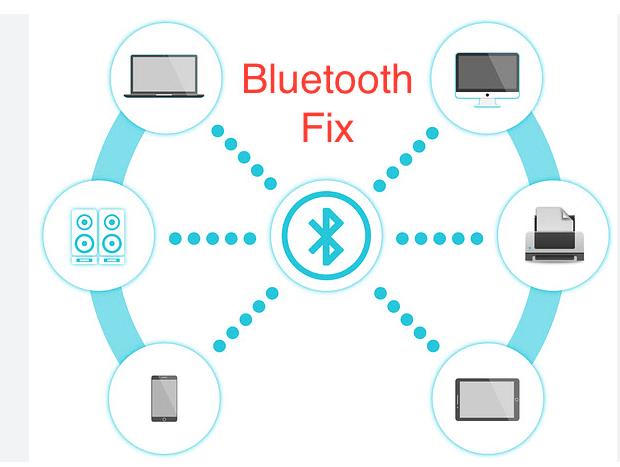
Wi-Fi
is a wireless communication protocol used to communicate between smart door locks as well as other devices. Wi-Fi can use radio waves in the 2.4 GHz and 5 GHz bands to transmit data, and uses the IEEE 802.11 standard for communication.
Home smart door lock can use wifi too , they are usually needs to be connected to your home’s wireless router so that you can control it remotely from your phone or other device. You can use your smartphone or other device to control the smart door lock via a Wi-Fi connection, such as opening or closing the door. You can also use the app provided with the smart door lock to control the smart door lock and set different access rights.
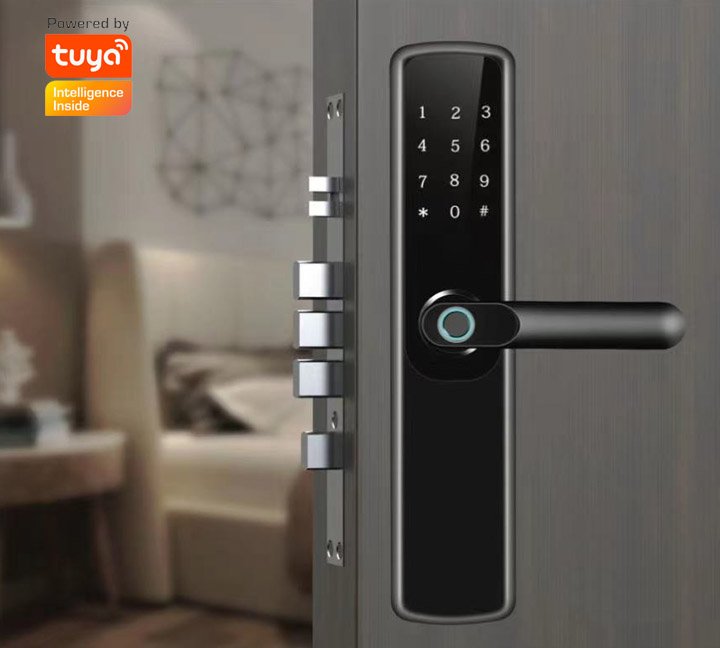
Advantages
- Broadband:Wi-Fi can provide a large bandwidth and can transmit large amounts of data at the same time.
- Distance:Wi-Fi can cover large distances, making it suitable for indoor use.
- Configuration:Wi-Fi can be easily configured to support multiple network typologies.
- Compatibility:Wi-Fi has good compatibility and can be compatible with a wide range of devices.
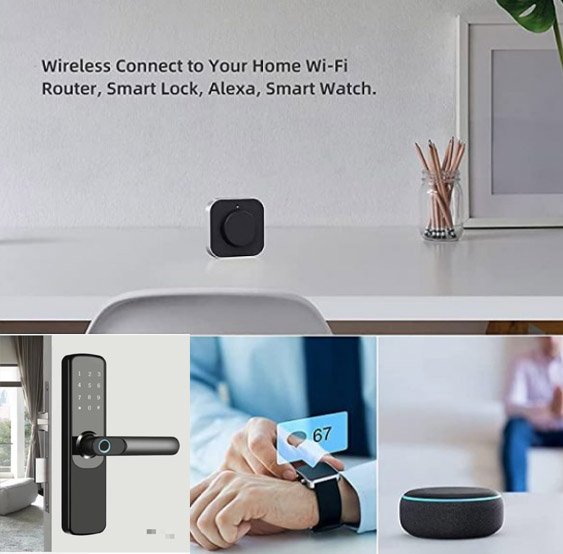
Disadvantages
- Security:Wi-Fi has low security and is vulnerable to hackers.
- Dependency:Wi-Fi is dependent on the wireless router and if the router fails, the entire system is interrupted.
- Fluctuating:Wi-Fi signals are subject to interference from the surrounding environment and signal strength can fluctuate.
- Power consumption:Wi-Fi devices consume more power, which has an impact on battery life.
Zigbee
Zigbee is a low-power, low-data-rate wireless communication protocol that is commonly used in smart home and IOT applications. It uses a self-organizing network that allows devices to form a low-power network with each other, and Zigbee can transmit data over long distances (hundreds of meters).
The Zigbee communication protocol is based on the IEEE 802.15.4 standard and has the advantages of low cost, low power consumption and high security. Zigbee communication protocol has good wall penetration and anti-interference capability, and smart door locks use Zigbee . Zigbee is used as a wireless communication protocol for smart door locks, which can reduce power consumption while ensuring communication distance. In addition, Zigbee also has good security, which can effectively protect the communication content of the smart door lock from being stolen.
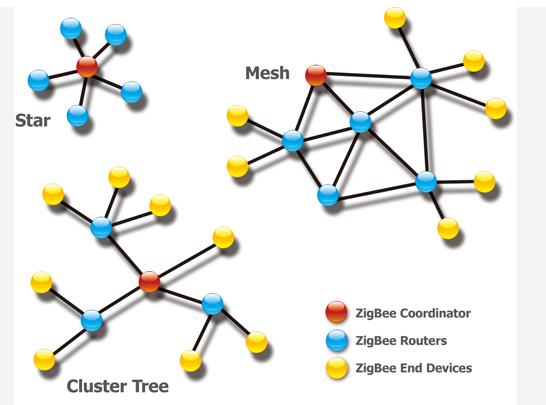
Zigbee as a wireless communication protocol for smart door locks has the following advantages.
- Low cost: The production cost of Zigbee modules is relatively low, and using Zigbee as a wireless communication protocol can reduce the cost of smart door locks.
- Low power consumption: Zigbee uses a self-organizing network, which can effectively reduce the power consumption of nodes and is more suitable for applications such as smart door locks that require a long time power supply.
- High security: Zigbee protocol has good security, which can ensure the security of the communication content.
- Strong wall penetration: Zigbee signals can pass through walls, making the communication distance of smart door locks better guaranteed.
- Strong anti-interference ability: Zigbee protocol has strong anti-interference ability, which can effectively avoid interference in communication.
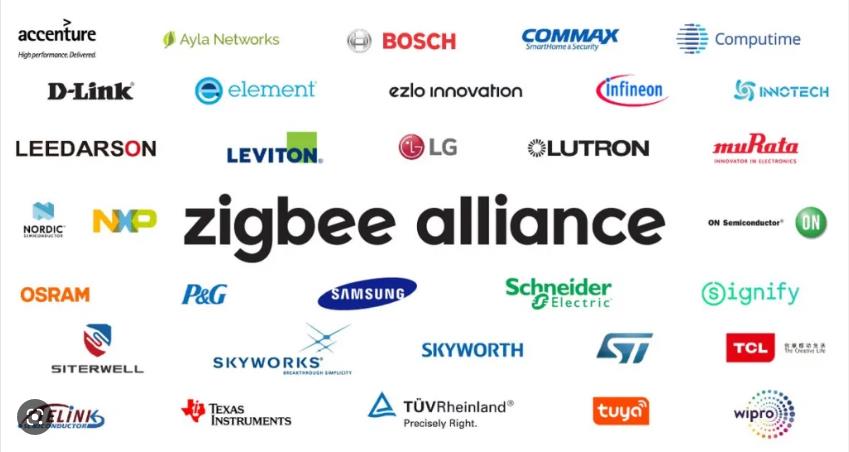
However, Zigbee also has some drawbacks.
- Short communication distance:The communication distance of Zigbee is generally within 30 meters, which cannot meet the needs of some special application scenarios.
- Low communication rate:The communication rate of Zigbee is generally below 250 Kbps, which cannot meet the demand for high-speed transmission.
- Slow network establishment: Zigbee network establishment speed is slow and cannot meet the high demand for real-time application scenarios.
GPRS
General Packet Radio Service (GPRS) uses a packet switching model with mobility management and wireless access technology. GPRS can be considered a continuation of GSM and is transmitted in packets, unlike the previous method of continuous channel transmission. GPRS transmission rate can be increased to 56 or even 114 Kbps, but GPRS technology is not suitable for smart home use and is mainly used in telecommunication networks.
3G
Third-generation mobile technology (3G) refers to cellular mobile communication technology that supports high-speed data transmission. 3G services are capable of transmitting both voice and data information at rates generally in the hundreds of kbps range.
Currently, there are four 3G standards: CDMA2000 (US version), WCDMA (European version), TD-SCDMA (Chinese version), and WiMAX. The International Telecommunication Union (ITU) identified three mainstream wireless interface standards, WCDMA, CDMA2000, and TD-SCDMA, in May 2000, and included them in the 3G technical guidance document “International Mobile Communications Plan 2000”. In 2007, WiMAX was also accepted as one of the 3G standards.
CDMA, which stands for Code Division Multiple Access, is the technical basis of the third generation mobile communication system. The first generation of mobile communication system uses frequency division multiple access (FDMA) analog modulation, and the main drawback of this system is the low spectrum utilization, signaling interference with voice services.
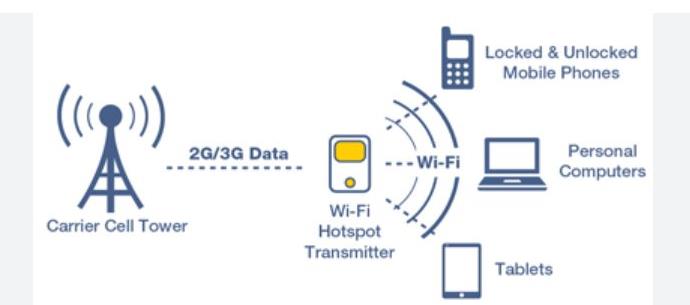
The second-generation mobile communication system mainly adopts the digital modulation method of time division multiple access (TDMA), which improves the system capacity and uses independent channels to transmit signaling, so that the system performance is greatly improved, but the system capacity of TDMA is still limited, and the performance of cross-area switching is still not perfect. In contrast, CDMA system shows great development potential with its simple frequency planning, large system capacity, high frequency reuse coefficient, strong multipath resistance, good communication quality, soft capacity, soft switching, etc.
4G
4G technology is also known as IMT-Advanced technology. The quasi-4G standard, TD-LTE-Advanced, is the industry’s term for the latest progress of TD technology toward 4G. There is not much disagreement in the industry about the core technologies that will be used in 4G. In summary, there are five types of orthogonal frequency division multiplexing (OFDM) technology, software radio, smart antenna technology multiple input multiple output (MIMO) technology and IP-based core network.
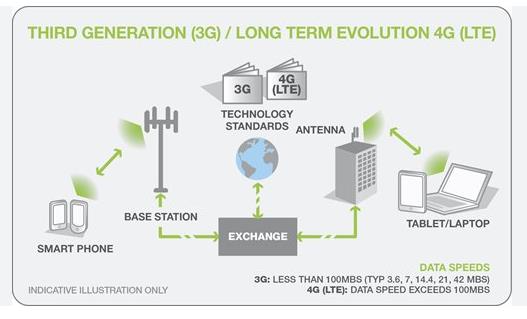
Since the original purpose of research into 4G communications was to increase the rate at which cellular phones and other mobile devices can access the Internet wirelessly, there is no more impressive feature of 4G communications than the fact that it has faster wireless communication speeds. In addition, 4G has the advantages of a wide network spectrum, flexible communications, high intelligence, compatibility, and low cost.
4G communication technology is not perfect, mainly in the following aspects: First, it is difficult to unify the technical standards of 4G communication technology. Second, the market promotion of 4G communication technology is difficult to achieve. Third, 4G communication technology is difficult to update the supporting facilities.
Z-Wave
Z-Wave is a low-power, low-frequency wireless communication protocol that can be used in home automation systems.Z-Wave can transmit data over long distances (hundreds of meters) and has good signal stability. It uses ultra-low power radio waves to transmit data.
Z-Wave has a low transmission rate and is often used to transmit control and status information. It uses encryption technology to ensure the security of data transmission and can be compatible with a wide range of smart home devices. However, the transmission distance of Z-Wave is short and It is suitable for indoor use, and the cost of the device is relatively high.
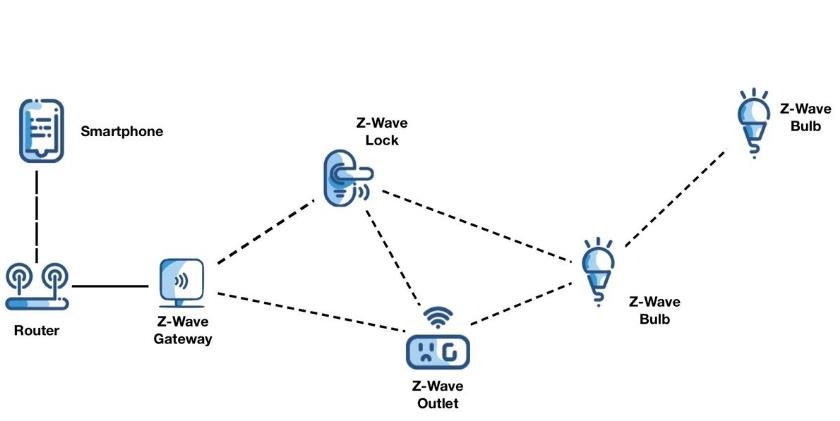
Advantages
- Security:Z-Wave uses encryption technology to ensure the security of data transmission.
- Energy efficiency:Z-Wave devices use ultra-low power technology to extend battery life.
- Compatibility:Z-Wave supports interconnection of multiple devices and can be compatible with a wide range of smart home devices.
- Stability:Z-Wave can extend network coverage through repeaters with stable signals.
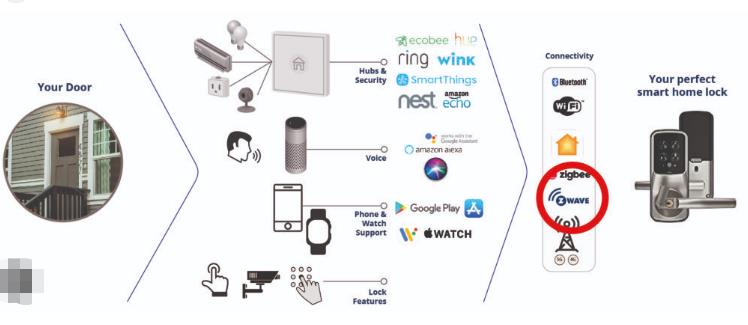
Disadvantages
- Bandwidth:Z-Wave’s bandwidth is low and cannot transmit large amounts of data.
- Distance:The transmission distance of Z-Wave is short, suitable for indoor use.
- Cost:The cost of Z-Wave devices is relatively high.
- Compatibility:Z-Wave is only compatible with devices that support the Z-Wave protocol, not with all devices.
NB-IoT
NB-IoT, Narrow Band -Internet of Things, is a kind of IoT technology with low cost, low power consumption, wide coverage, etc. It is located in the carrier-class, low-rate IoT market based on authorized spectrum and has a broad application prospect. Environmental monitoring, smart parking, remote meter reading, agriculture and animal husbandry. These scenarios are difficult to support by existing mobile communications. Market research firm Machina predicts that NB-IoT technology will cover 25% of IoT connections in the future.
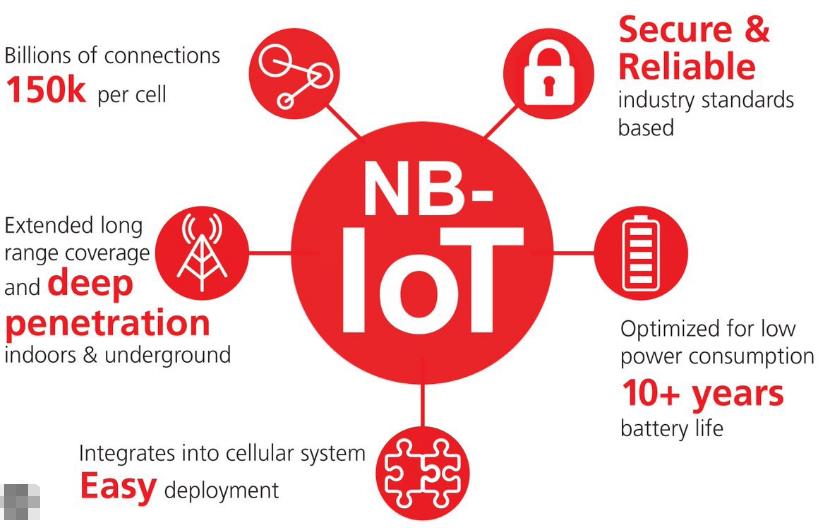
NB-IoT is an important enhancement technology of LTE in 3GPP R13 stage, and the RF bandwidth can be as low as 0.18 MHz. NB-IoT is a convergence of two standards, NB-CIoT and NB-LTE, balancing the interests of all parties and applicable to a wider range of deployment scenarios. Among them, Huawei, Vodafone, Qualcomm and other companies support NB-CIoT; Ericsson, ZTE, Samsung, Intel, MTK and other companies support NB-LTE. NB-CIoT and NB-LTE have large differences compared with standard NB-IoT, and terminals cannot be smoothly upgraded, and some non-standard base stations even face the risk of withdrawal from the network.
Some advantages of NB-LoT include
Low power consumption: NB-LoT devices can operate for long periods of time on small batteries, making them suitable for use in remote or hard-to-reach locations.
Long range: NB-LoT can cover large distances, up to several kilometers, depending on the environment.
Low cost: NB-LoT devices are relatively inexpensive to produce, making them a cost-effective choice for many IoT applications.
Low data rates: NB-LoT is designed for applications that do not require high data rates, making it suitable for simple IoT applications such as sensor networks.
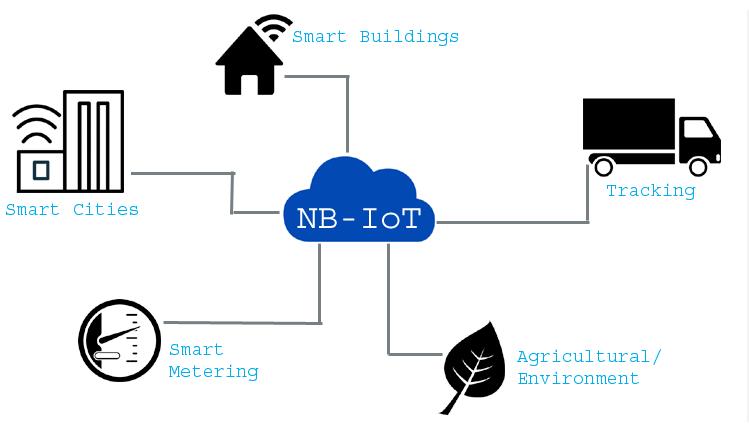
Some potential disadvantages of NB-LoT include
Limited bandwidth: NB-LoT has a relatively narrow bandwidth, which means it can only transmit a limited amount of data at a time. This may make it unsuitable for applications that require high data rates or large amounts of data to be transmitted.
Limited number of connected devices: The narrowband nature of NB-LoT means that it can only support a limited number of connected devices at a time.
Range may be affected by environmental conditions: The range of NB-LoT can be affected by environmental factors such as buildings, trees, and other obstacles, which can reduce the effective range of the technology.
Overall, NB-LoT is a useful technology for enabling low-power, low-bandwidth IoT applications to communicate over long distances. However, its limited bandwidth and the potential for range to be affected by environmental factors may make it unsuitable for certain types of applications.
LoRa (Long Range)
It is a low-power wireless communication protocol, which is mainly used in IOT applications. Lora adopts FSK modulation with Lora modulation, which can support long-range communication. Lora has the advantages of low power consumption, long-range communication and low cost, and is used in IOT applications such as LORA smart door locks.
The communication distance of Lora can reach tens of kilometers and can pass through walls, making the communication distance of smart door locks better guaranteed. In addition, LoRa also has better anti-interference capability, which can effectively avoid interference in communication. However, the communication rate of LoRa is relatively low, generally within a few hundred bps. It cannot meet the demand for high-speed transmission.
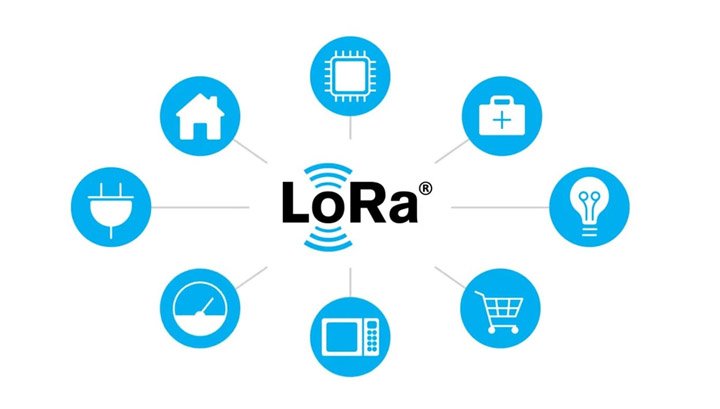
LoRa as a wireless communication protocol for smart door locks has the following advantages
- Low power consumption:LoRa adopts a low-power modulation method, which effectively reduces the power consumption of the node and makes it more suitable for applications such as smart door locks that require long time power supply.
- Long distance communication:The communication distance of LoRa can reach tens of kilometers, which makes the communication distance of smart door lock better guaranteed.
- Low cost:The production cost of Lora modules is relatively low, and using LoRa as a wireless communication protocol can reduce the cost of smart door locks.
- Strong anti-interference ability:LoRa has a strong anti-interference ability, which can effectively avoid interference in communication.
However, LoRa also has some disadvantages.
- Low communication rate:The communication rate of LoRa is generally within a few hundred bps, which cannot meet the demand for high-speed transmission.
- Slow network establishment:The establishment speed of LoRa network is slow, which cannot meet the application scenarios with high requirements for real-time.
- Sensitive to path loss:The signal of LoRa is sensitive to path loss, and when the path loss increases, the signal will become weaker and affect the communication quality.
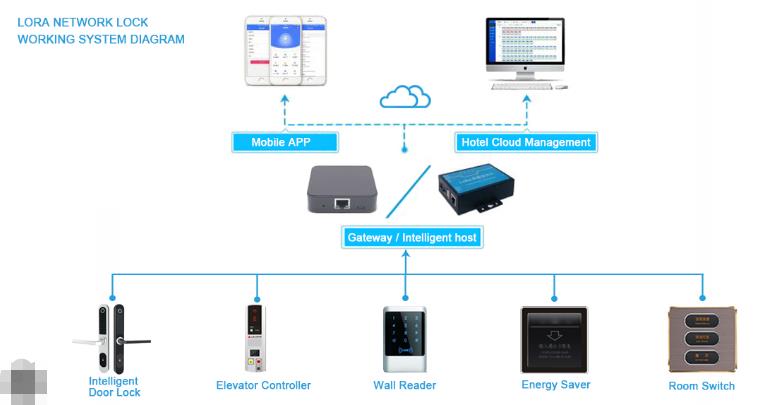
With the continuous development of IoT technologies and applications, wireless transmission protocols will see unprecedented development, and their applications in future intelligent systems will show explosive growth. Understanding and mastering the core technologies of ZigBee, Bluetooth, Wi-Fi, RFID, etc., developing corresponding borrowed interfaces and modularization of wireless communication products are absolutely the right means for enterprises to create business opportunities. Wireless transmission protocol is always a key technology in the development of the Internet of Things, and will be the top priority in the future development of the Internet of Things.
